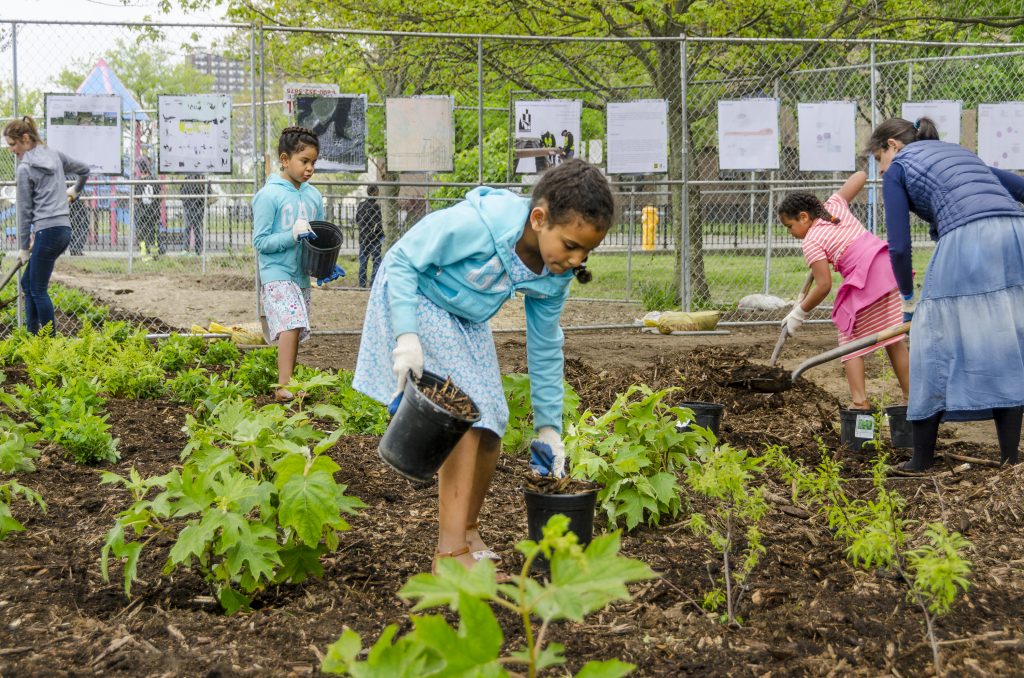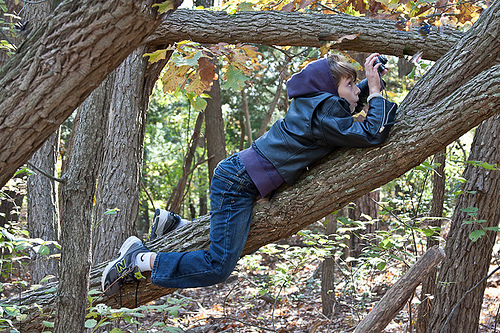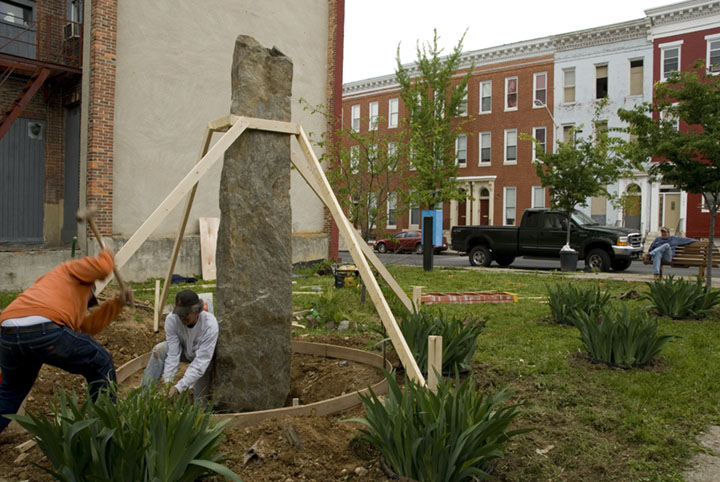Nature Sacred supports communities in their efforts to provide equal access to environments that promote health, wellness and well-being.
A healthy environment has historically been defined by the absence of risk; protection from toxins (e.g. air or water pollution), safety from violence, and food security. But more recent definitions require the presence of environmental benefits such as access to nearby nature and tree lined streets. A healthy environment also includes thoughtful attention to neighborhood siting of newly installed green spaces, and planned maintenance for the future health of green space and residents.

The environmental justice movement has long recognized the concerns of low-income communities and communities of color. Research has called out past discrimination and ongoing injustice concerning the siting of industrial and other polluting facilities, toxic waste facilities, and delayed response of clean up programs. Studies point to inequitable exposure of people of color and the poor to environmental harms such as hazardous land uses (e.g. toxic waste storage and disposal facilities) and the inequitable application of environmental protection policies.
Rooted in the civil rights movement, explicit research about environmental justice gained attention in the 1980s. The Environmental Protection Agency has noted the disproportionate impacts of environmental hazards, working to remedy unhealthy risk situations. In 1994 a U.S. presidential executive order required environmental justice initiatives, mostly addressing risk, to be included in every federal agency’s mission. A federal environmental justice update in 2012 requires agencies to not only abate or remove harm, but includes efforts to increase quality of life and opportunity.
Acknowledging the positive role of parks and open spaces, researchers are now investigating the environmental justice implications of minimal access to urban parks and green space. Multiple studies find that low-income households are likely to be concentrated within “park- poor” neighborhoods. Historical, social, and economic processes have affected parks and gardens distribution over the years, frequently putting specific cultural groups at a green space disadvantage.
Equal availability and access to green space is not just a question for environmental justice researchers and equity advocates. Planning for equitable distribution of urban green space is a community wide responsibility, and can contribute to the future health and success of urban communities.

Having neighborhood parks and nature settings is especially important in lower-income communities, where there may be higher rates of health disparities and chronic stress due to poverty, joblessness, and reduced education opportunity.
Recent research shows the breadth of nearby nature benefits:
Through its presence alone, green space can provide nutritious food sources, help manage storm water runoff, reduce air pollution, and support climate mitigation. A long term study across 15 U.S. states suggests that tree cover loss was associated with higher rates of death from cardiovascular and lower–respiratory tract illnesses. In urban landscapes where natural land cover is often limited, green spaces provide indirect health benefits.
For children, nature experiences can potentially encourage imagination and creativity, support feelings of self-worth, aid cognitive and intellectual development, enhance ability to concentrate and exercise self-discipline, and encourage positive social relationship.
Studies have examined the effects of exposure to nature on positive emotion and ability to reflect on a life problem. Participants in one study spent 15 minutes walking in a natural setting, a built setting, or watching videos of natural and built settings. Compared to virtual nature and built settings, exposure to natural settings was found to increase connectedness to nature, ability to direct attention, positive emotions, and ability to reflect on a life problem.

See ‘Ecosystem Services and Preventive Medicine‘ and ‘Environmental Equality: Providing Nearby Nature for Everyone‘ for references and elaboration.
